
- Hits 74.4% of GDP
New data released by the Bank of Ghana has revealed that out of every GH¢1 value of productive activities undertaken in the country, more than 74 pesewas go into paying debt.
The Summary of Economic and Financial Data (January 2021) published by the Bank of Ghana (BoG) indicates that the country’s total public debt has hit GH¢286.9billion as of November 2020, representing 74.4 percent of GDP. This is a 3.3 percentage points increase from the 71.1 percent recorded in the third quarter.
This also shows that between November 2019 and November 2020, total public debt of the country has increased by 13 percentage points – higher than the 3.6 percentage points increase between November 2018 and November 2019, and a sure reflection that the debt accumulation level is getting out of hand; a situation multilateral institutions such the World Bank and IMF have cautioned about.
Commenting on this, an economist at the University of Ghana, Professor John Gatsi, said it presents a difficult time ahead, as it will pose a challenging environment for government to undertake its projects and deliver some social interventions.
“In actual sense, internationally, the standard for debt sustainability ratio is 50 percent. And when you cross that 50 percent mark, a certain fiscal pressure is imposed on you; and that fiscal pressure denies you the opportunity to invest in public infrastructure. That fiscal pressure makes it difficult for you to use your tax revenue to pay for interest, to pay for emoluments and undertake pubic investments to create opportunities for people.
“So what’s going to happen is that government will be postponing present investment to the future. We are going to see a lot of uncompleted projects around us. And we will also see that the inability for investments to be made across the board will affect the livelihood of people, because we do not have money to extend electricity, water and health facilities to all the people who need it.
“And it also means we cannot support the continuation of social interventions or expand them. Last year, due to the elections we saw government spending big on some social interventions. But there is no election this year and a lot of social interventions will not be delivered; neither should we expect new ones, because all these things call for money which we do not have,” he said in an interview with the B&FT.
International ratings agency Moody’s, in an earlier report, downgraded the economy’s outlook to B3 Negative over the mounting debt situation; and further states that the deplorable fiscal situation compares to that of a Highly Indebted Poor Country’s (HIPC) economy.
The Moody’s report says interest expenditures on the debt are set to rise to 6.8 percent of GDP, up from 5.4 percent of GDP in the budget – thereby consuming close to 50 percent of total revenue. The ratings agency further warns that a further weakening in debt affordability amid persisting refinancing risks would indicate a fundamental deterioration in government’s debt-service capacity, resulting in another downgrade at the next rating.
The post Economy saddled with GH¢286bn debt appeared first on The Business & Financial Times.
Read Full Story
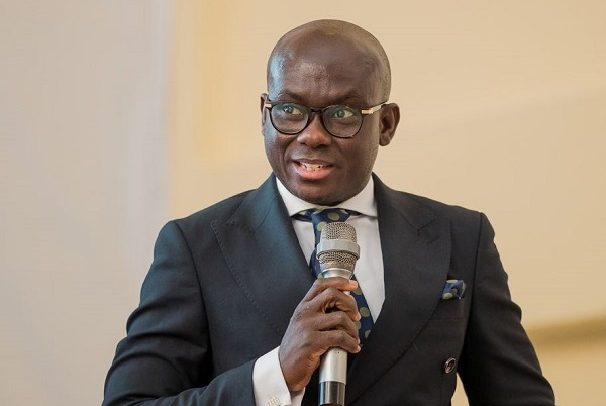
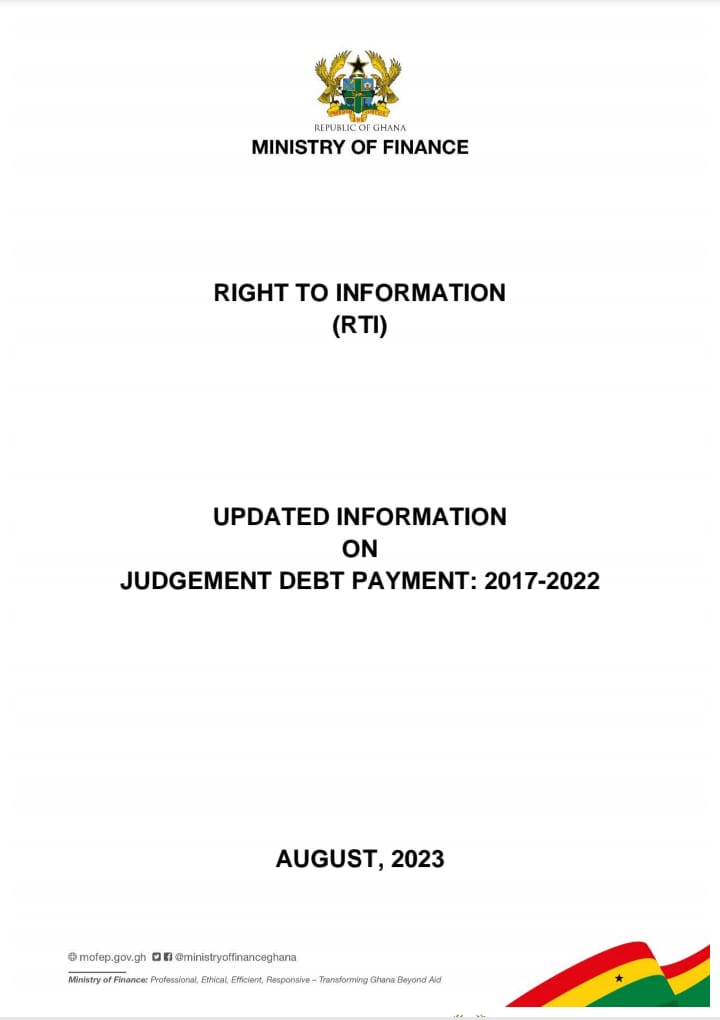
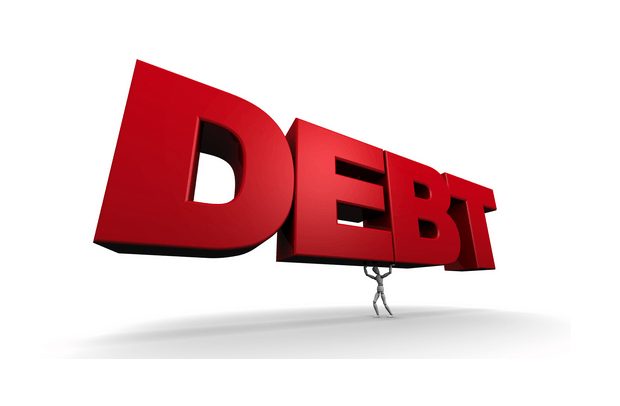



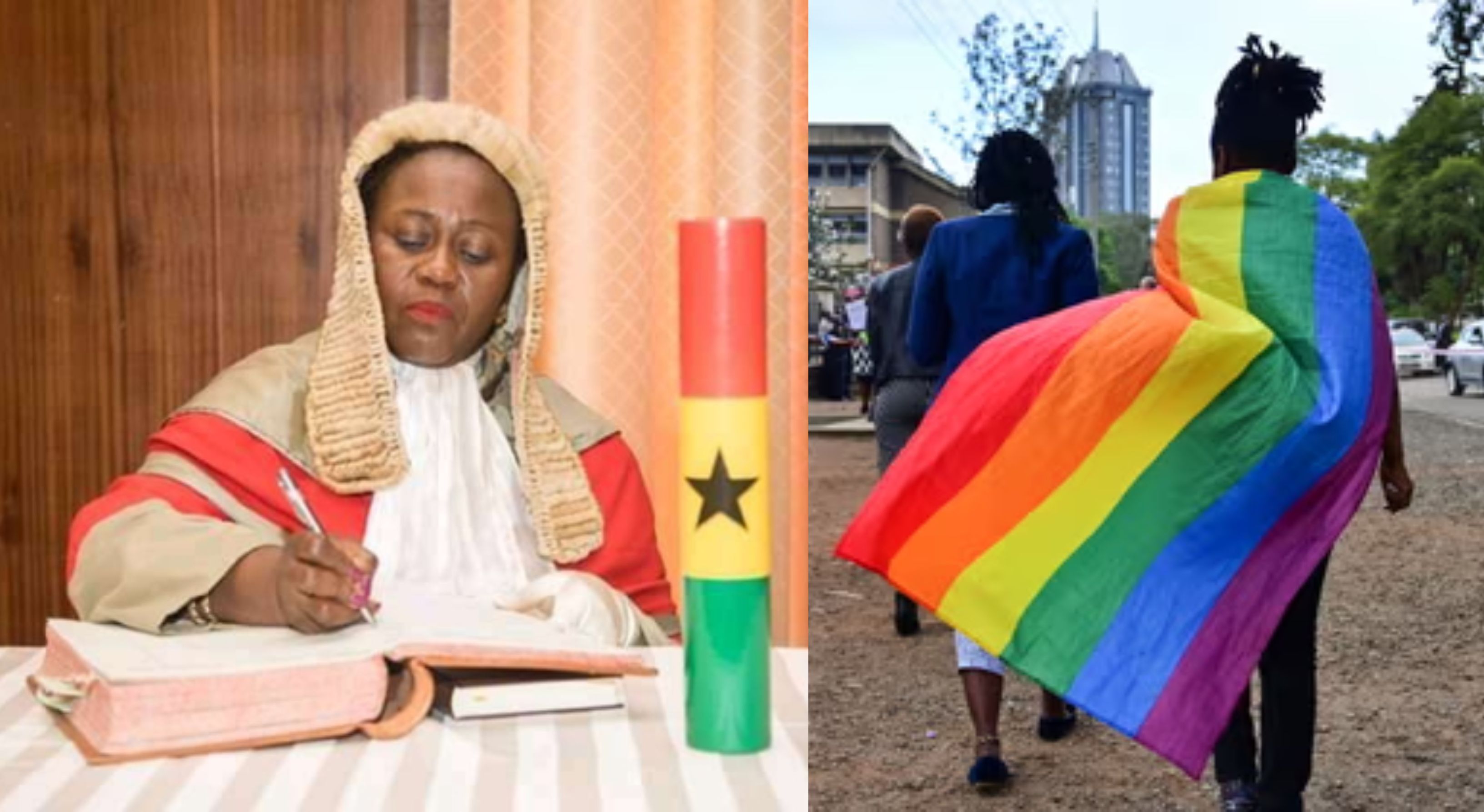
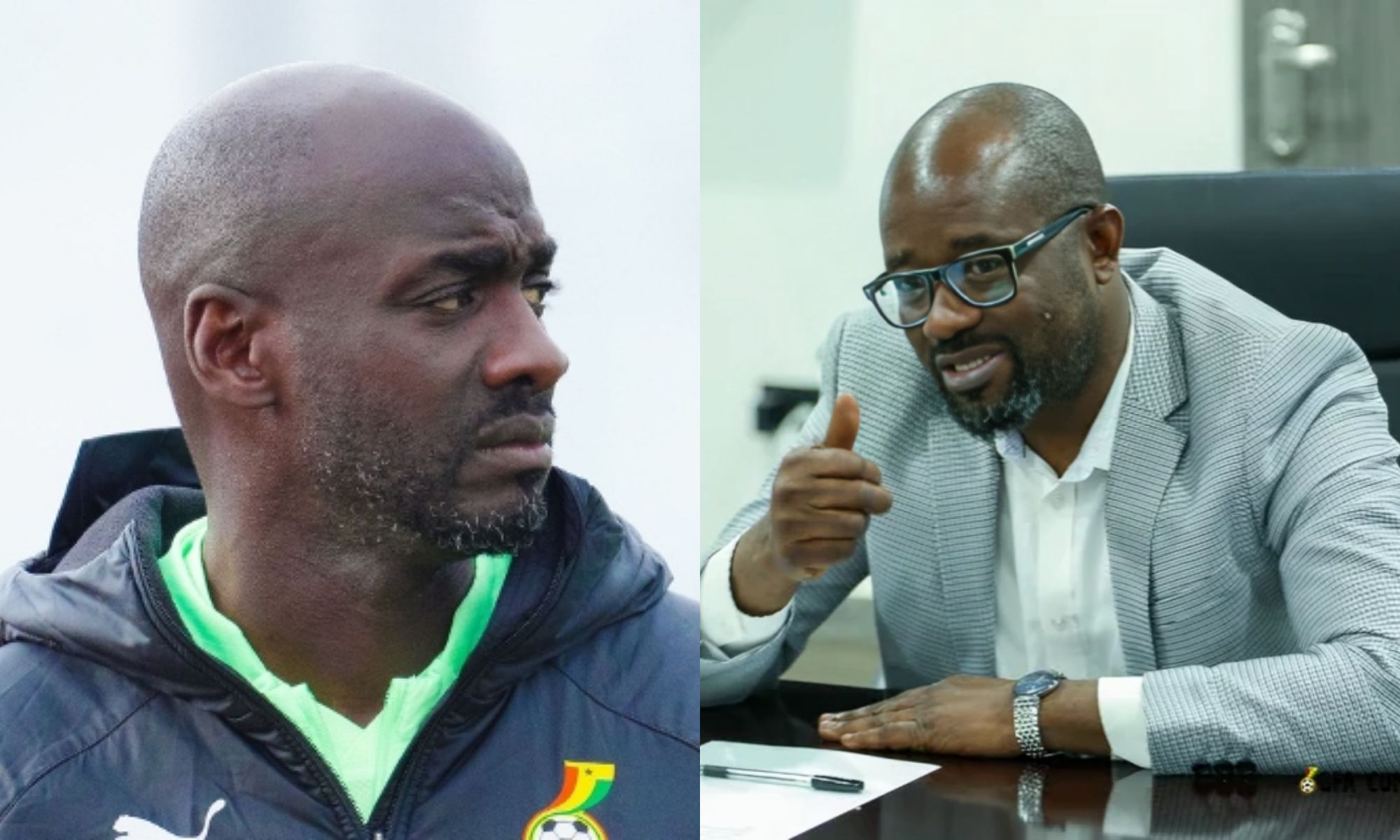


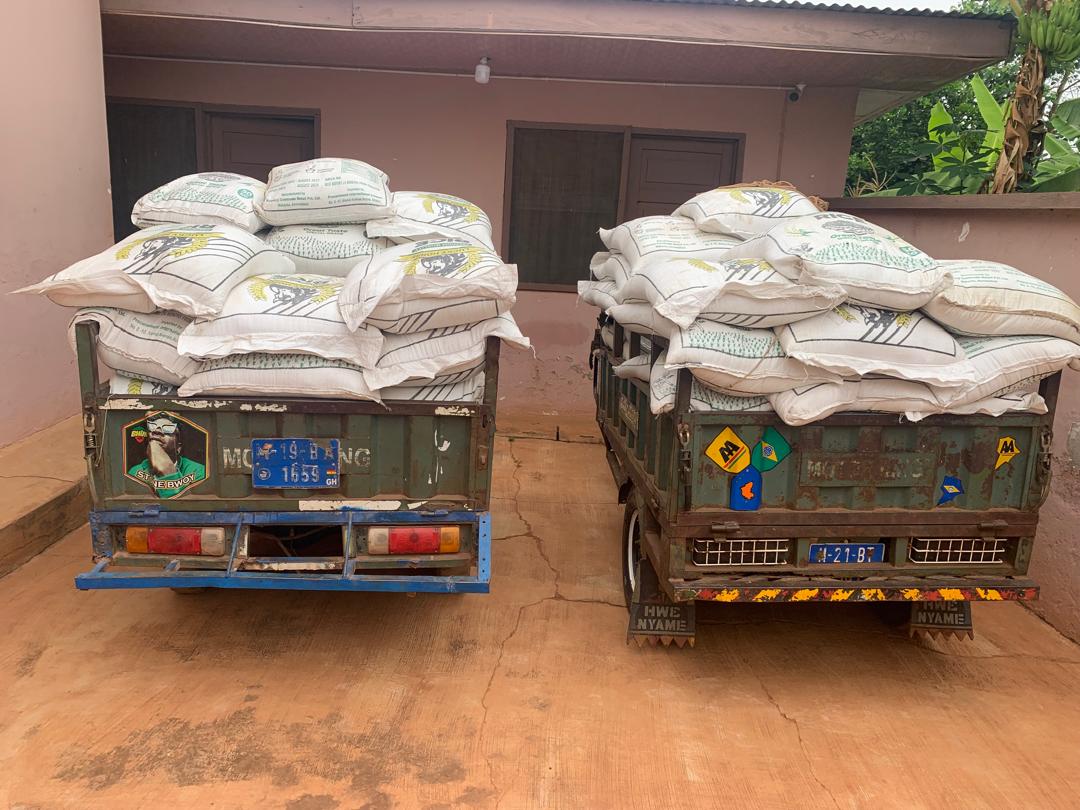
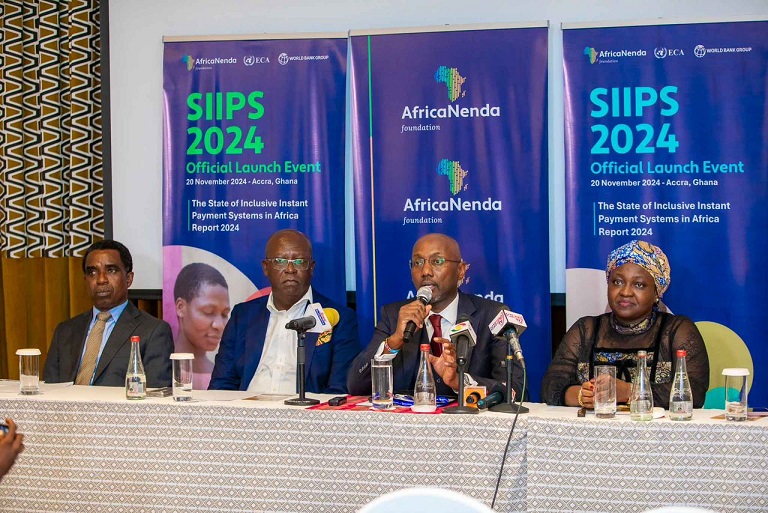


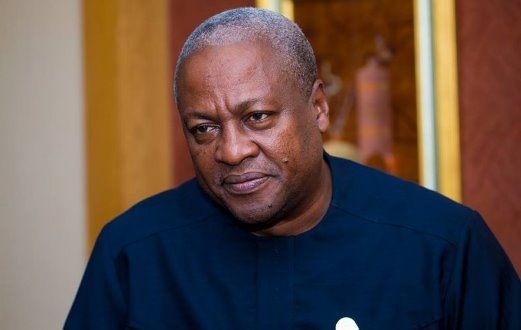
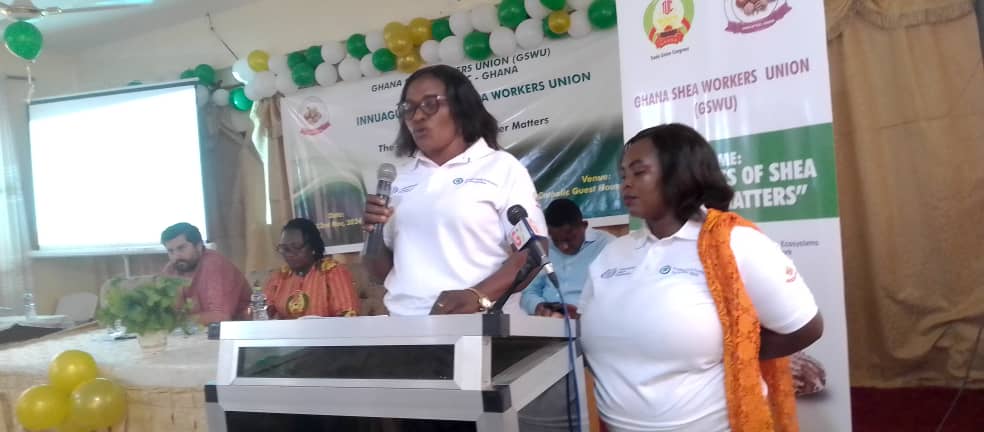
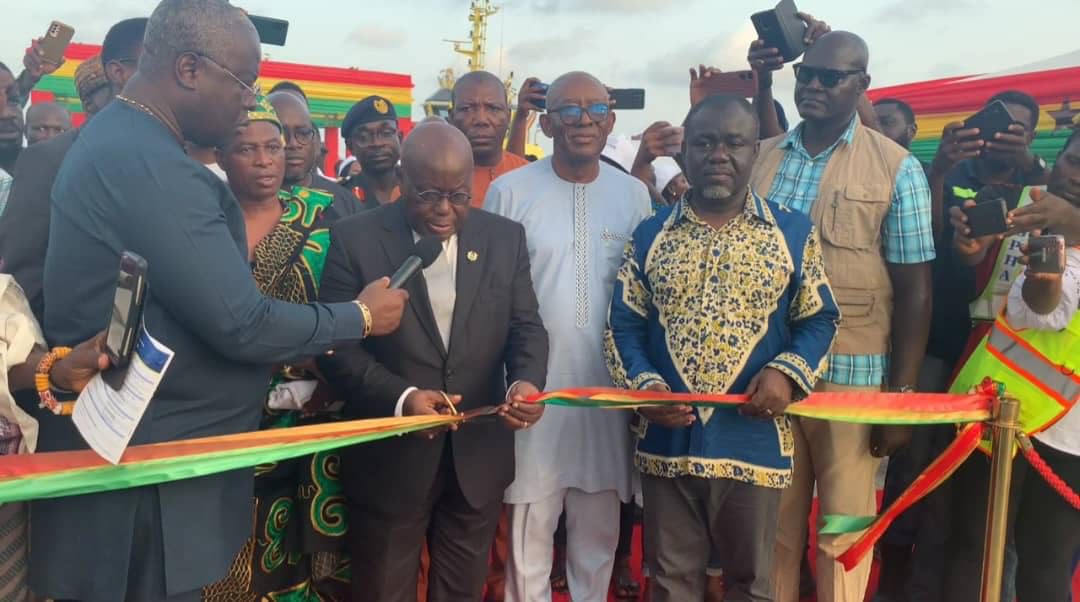
Facebook
Twitter
Pinterest
Instagram
Google+
YouTube
LinkedIn
RSS